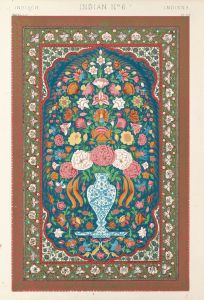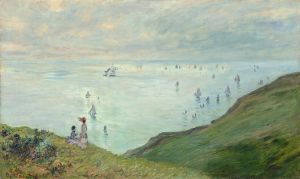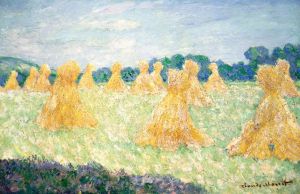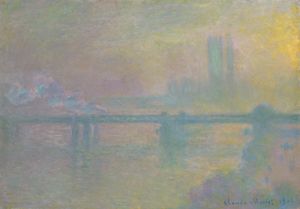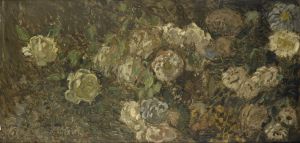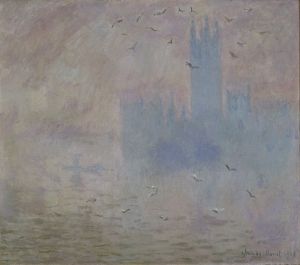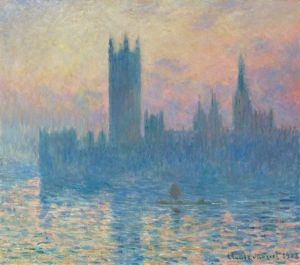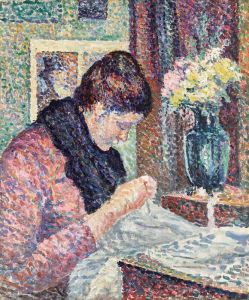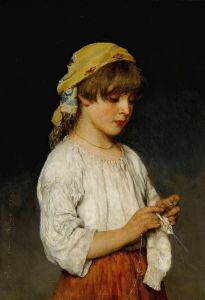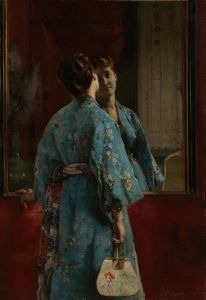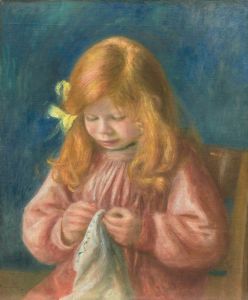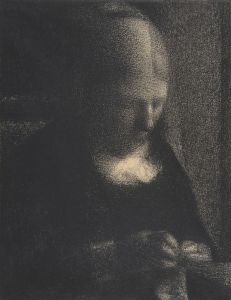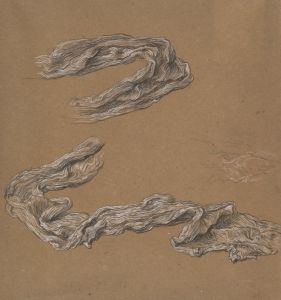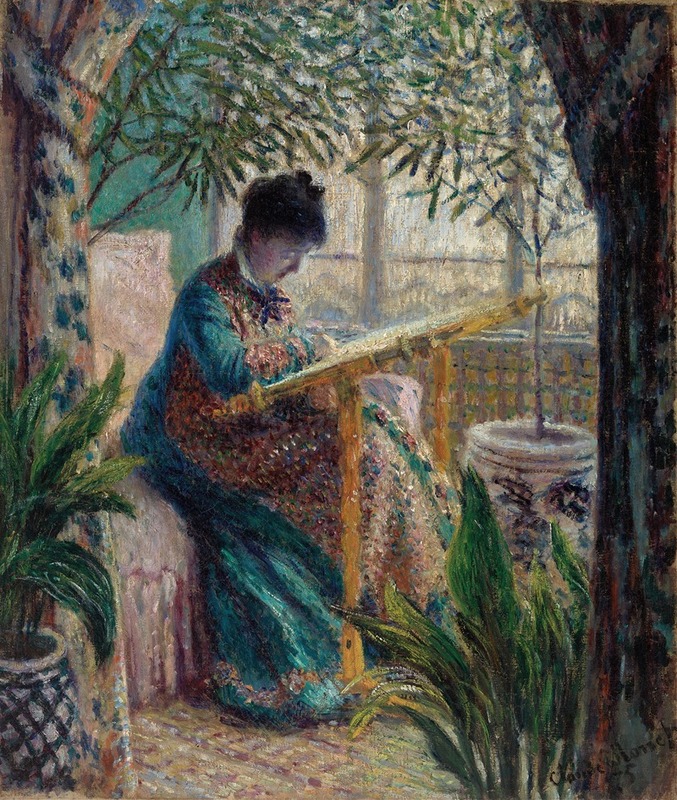
Madame Monet Embroidering
A hand-painted replica of Claude Monet’s masterpiece Madame Monet Embroidering, meticulously crafted by professional artists to capture the true essence of the original. Each piece is created with museum-quality canvas and rare mineral pigments, carefully painted by experienced artists with delicate brushstrokes and rich, layered colors to perfectly recreate the texture of the original artwork. Unlike machine-printed reproductions, this hand-painted version brings the painting to life, infused with the artist’s emotions and skill in every stroke. Whether for personal collection or home decoration, it instantly elevates the artistic atmosphere of any space.
"Madame Monet Embroidering" is an oil painting created by the renowned French Impressionist artist Claude Monet. Painted in 1875, this artwork is a testament to Monet's evolving style and his dedication to capturing the effects of light and color, which are hallmarks of the Impressionist movement.
The painting depicts Camille Doncieux, Monet's first wife, engaged in the domestic activity of embroidery. Camille was a frequent subject in Monet's works, often portrayed in various settings that highlight her grace and the intimacy of their relationship. In "Madame Monet Embroidering," she is seated outdoors, surrounded by lush greenery, which is characteristic of Monet's preference for painting en plein air, or outdoors. This approach allowed him to observe and capture the natural light and its changing qualities directly.
Monet's use of color in this painting is particularly noteworthy. He employs a palette of soft, harmonious colors that blend seamlessly into one another, creating a serene and tranquil atmosphere. The dappled sunlight filtering through the foliage casts gentle shadows and highlights, adding depth and dimension to the scene. This technique reflects Monet's interest in the transient effects of light and his ability to convey the subtleties of nature.
The composition of the painting is carefully balanced, with Camille positioned slightly off-center, drawing the viewer's eye to her activity while also allowing the surrounding environment to play a significant role in the overall impression. The brushwork is loose and fluid, a characteristic feature of Monet's style, which captures the essence of the scene without focusing on intricate details. This approach invites viewers to experience the painting as a whole, rather than concentrating on specific elements.
"Madame Monet Embroidering" is part of a broader series of works by Monet that explore domestic life and the intimate moments shared with his family. These paintings provide insight into Monet's personal life and his appreciation for the simple, everyday activities that often go unnoticed. Through his art, Monet elevates these moments, imbuing them with a sense of beauty and significance.
The painting is housed in the Musée d'Orsay in Paris, which is home to an extensive collection of Impressionist and Post-Impressionist masterpieces. As part of this collection, "Madame Monet Embroidering" offers viewers an opportunity to appreciate Monet's contribution to the Impressionist movement and his ability to capture the fleeting beauty of the world around him.
Overall, "Madame Monet Embroidering" exemplifies Claude Monet's skill in portraying light, color, and atmosphere, as well as his deep connection to his subjects. It remains a cherished piece within the art world, celebrated for its delicate portrayal of a moment in time and its reflection of Monet's artistic vision.





